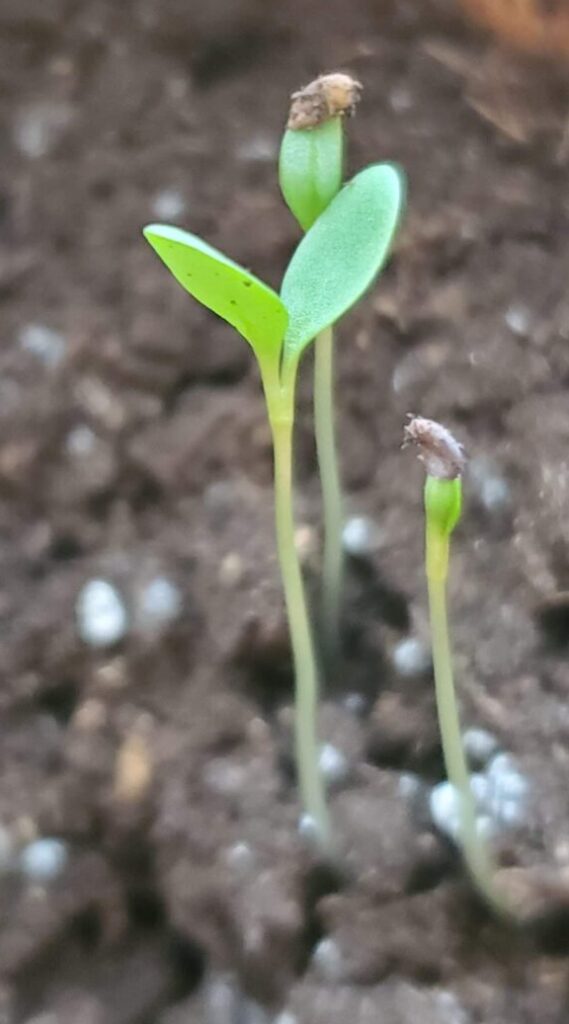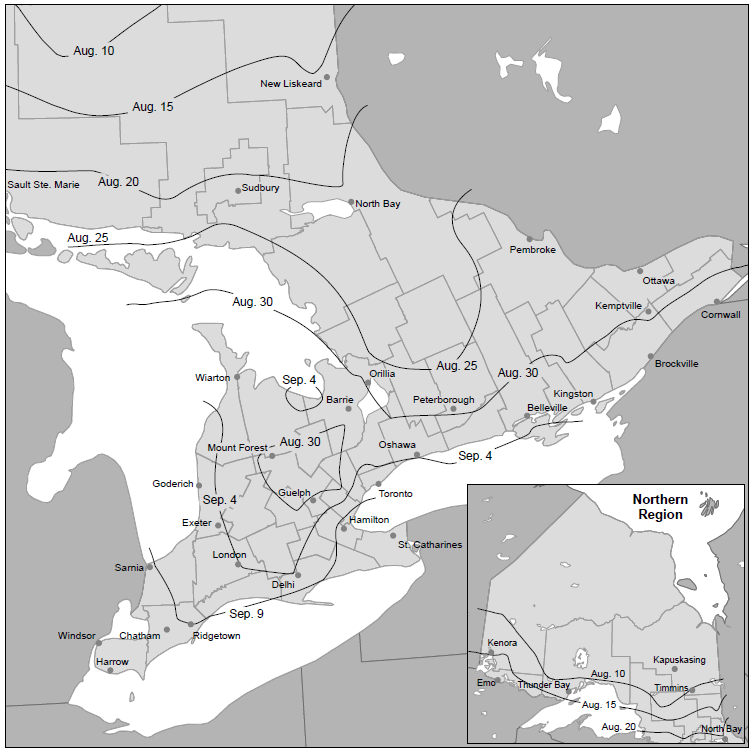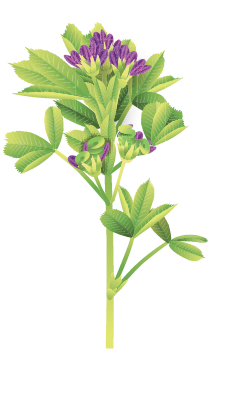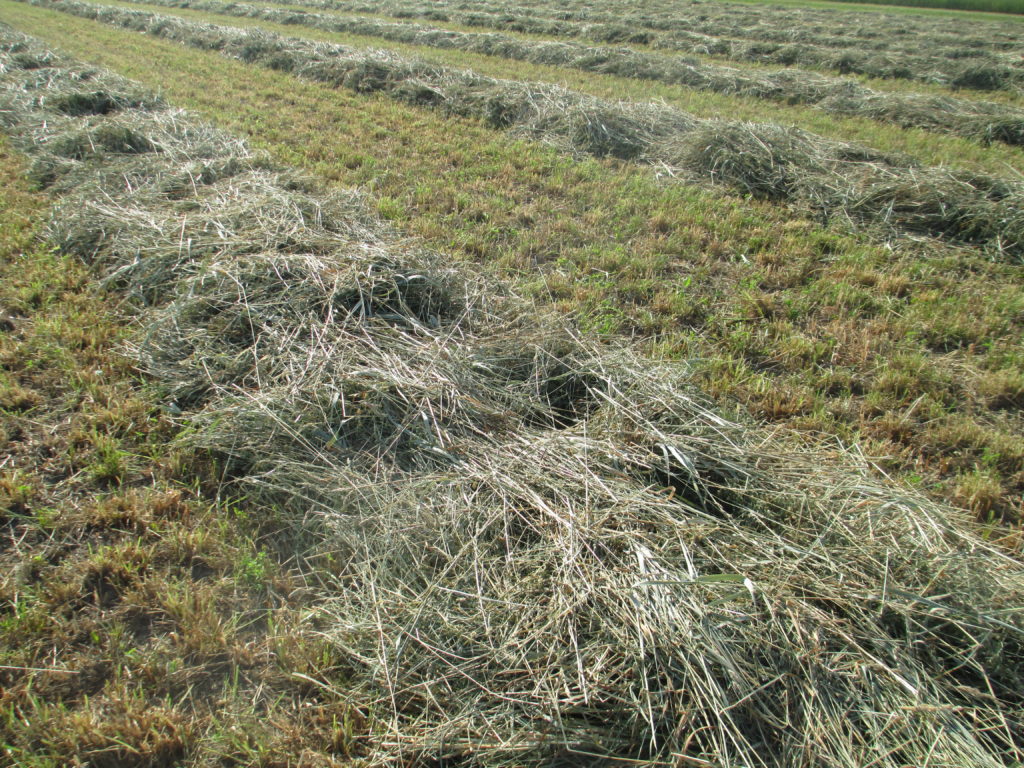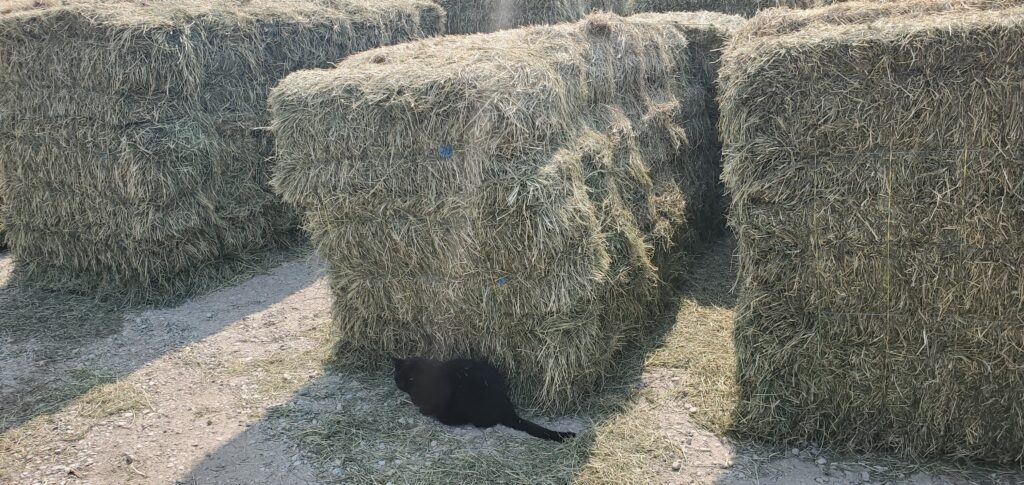Forage Summary 2025

Winter 2024 and Spring 2025 Conditions Regular freeze-thaw cycles occurred, but with so much snow cover across most of the province, few fields were exposed to very cold air temperatures. Springtime reports indicated there was below-average alfalfa winterkill. On March 28th, 2025 an ice storm struck central and eastern Ontario, as well as the counties […]


